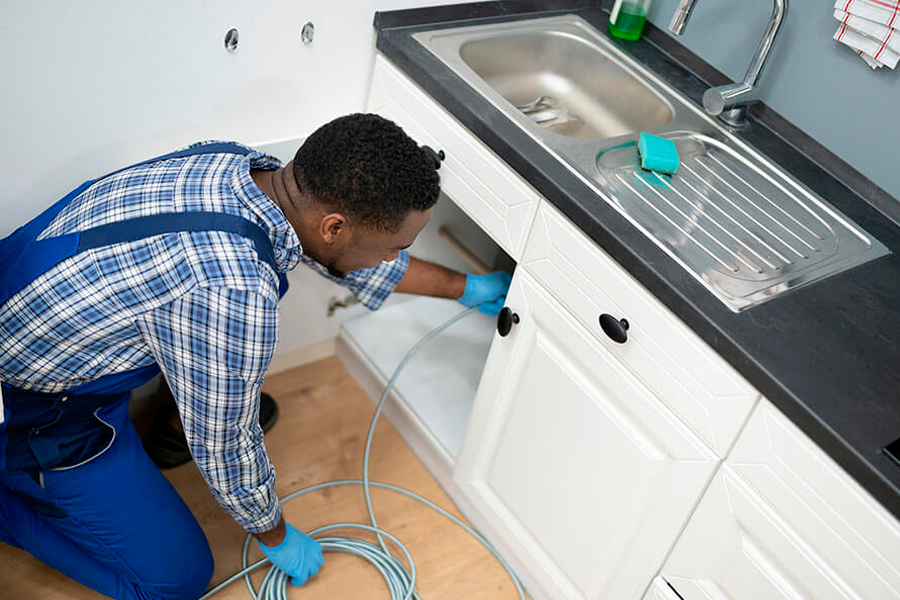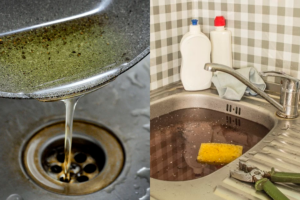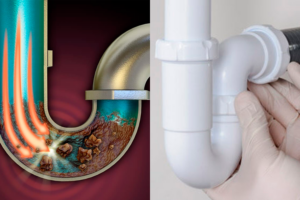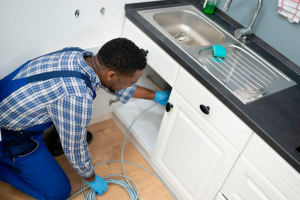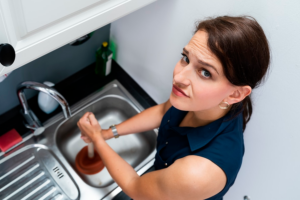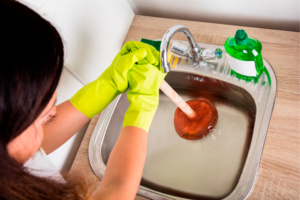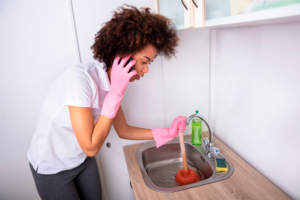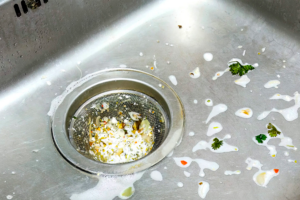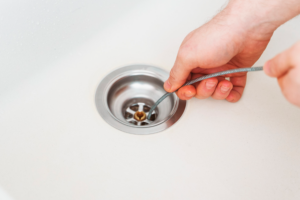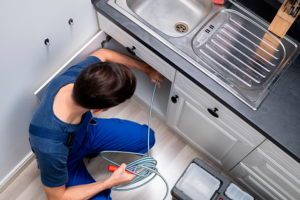You are not the only one experiencing the inconvenience of blocked drains at the incorrect times. Clogged kitchen sinks are amongst homeowners’ most typical drain issues, primarily since food scraps and soap residue are headaches for smooth drainage. Fortunately, clogged sinks are likewise one of the most straightforward home repair work to do by yourself.
For example, when it concerns the kitchen sink, don’t think Drano and other chemical-based drain cleaners are the most accessible or practical option. Chemicals can often trigger more damage to your system, even if the obstruction seems fixed at first. Likewise, the stubborn blockage backsplash could seriously harm your skin and eyes. You can avoid these disasters with other clog repair work approaches, some with everyday household items and others that require an easy plunger or the action of a plumber’s snake.
1. Boiling water
When hair, grease, soap scum, and other debris get stuck in the drain, boiling water may be all the pipelines need to loosen up the blockage. It’s the easiest service, which suggests it should be your very first relocation when trying to unclog a sink.
If the boiling water fails to clear the blockage after the second shot, it’s time to carry on to another technique. Sadly, you have a blockage in the sink that is too persistent for the basic boiling water approach.
2. Inspect the waste disposal unit
If your sink has a garbage disposal, it could be to blame for your drainage issues. If the clog remains in the disposer, turning it on will normally break the blockage. Overheated or inefficient particles may not even turn on, however you can flip the reset turn on the side or bottom of the system for an easy reset. After resetting the disposer, try turning it back on to clear the obstruction.
If you turn on the trash disposal and hear a low hum, the system might be stuck or broken. Before doing anything to repair your disposer, remember to disconnect power to the system and never ever reach into it. Try to break the obstruction in the disposer by turning the blades by hand. You can do this by inserting an Allen wrench into the hole at the bottom of the disposer and turning up until you feel less resistance. This means that the blockage is starting to break. Once unclogged, turn it back on and check the disposer. If everything looks and sounds excellent, turn on the faucet to see if the sink drain is back to typical.
3. Eliminate the clog
When you develop that elimination is not the issue, it’s time to get the plunger out. But remember: while you can utilize the toilet plunger if that’s all you have on hand.
Prior to utilizing the plunger:
Fill the sink with hot water and create a seal around the drain.
Start pumping up and down quickly a number of times.
Get rid of the plunger and wait to see if the water drains pipes out.
Repeat the procedure till the water runs off freely.
If the sink still doesn’t drain properly after numerous sinking attempts, you know the workout– time to try a different method.
4. The old baking soda and vinegar trick.
This technique is a natural alternative to using chemical drain cleaners on blocked drains. For your benefit, baking soda and vinegar are also daily household items that you most likely already have in your kitchen.
Remove standing water from the sink first, then pour a cup of baking soda down the drain, using a putty knife or spoon to press the powder down the drain if necessary.
Then pour a cup of white vinegar down the drain opening and put a plug or cap on the drain to seal the opening. Let the mixture sit for 15 minutes and after that eliminate the lid and run hot faucet water down the drain.
Use boiling water to break up the heaviest obstructions.
Just like any unclogging technique, this natural option does not have a 100% success rate. Nevertheless, if it appears that you are advancing through the blockage after completing the actions, repeat the process to replicate the block.
5. Try the plumbing technician’s snake
Resisting clogs will require the strength of a plumbing professional’s snake to combat the obstruction. The tool has a coiled snake that reaches down to the drain. Once the snake hits an obstruction, you can turn the handle to remove the debris out of the drain. Electric snakes have a lot more power to deal with stopped up seamless gutters.
You can produce a makeshift one with a wire hanger if you do not have a plumber’s snake. No matter what tool you’re utilizing, lower it down the drain a couple of feet at a time. Attempt not to press too hard, as you could inadvertently push the clog even more down the pipeline. When you feel the tip of your tool hit an obstruction, hook it up and pull the debris up through the drain. Keep doing this till you feel great that the clog is gone. Run warm water down the drain to see if you’re right.

